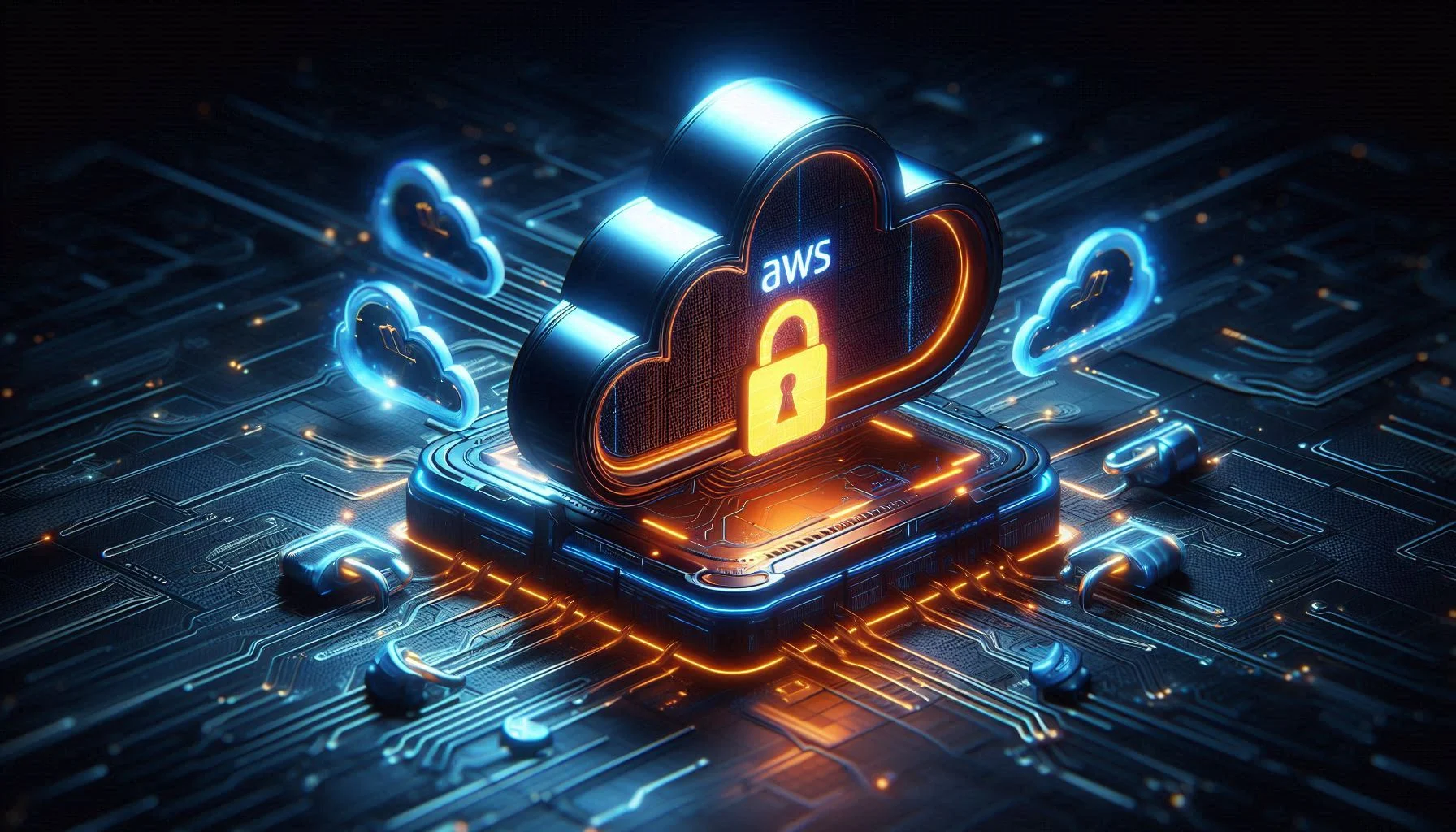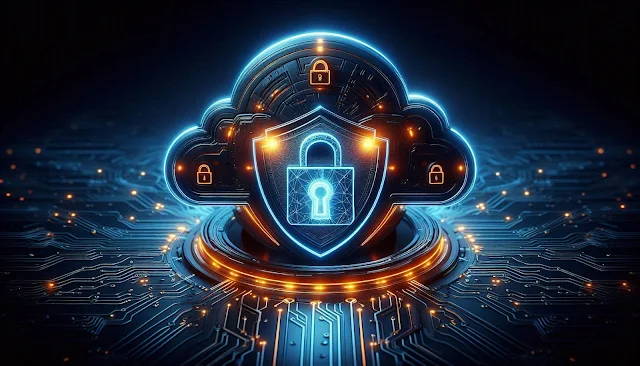🚨 AWS Security: Stop Hackers Before They Strike!
AWS Security & Firewalls: A Cybersecurity Guide for Cloud Professionals
This blog covers AWS security best practices, firewall strategies, and cybersecurity measures to keep your cloud environment locked down.
🔒 Why AWS Security Matters
With cyber threats evolving rapidly, AWS security must be a top priority for:
✔ DevOps Engineers (Securing CI/CD pipelines)
✔ Cloud Architects (Designing secure VPCs)
✔ Cybersecurity Professionals (Threat detection & compliance)
AWS follows the Shared Responsibility Model:
- AWS secures the cloud infrastructure (hardware, global network).
- You secure data, applications, and access controls.
🛡️ AWS Security Best Practices
1. Identity & Access Management (IAM)
- Principle of Least Privilege (PoLP): Grant minimal permissions.
- Enable MFA (Multi-Factor Authentication) for all users.
- Use IAM Roles instead of hardcoded credentials.
2. Data Protection & Encryption
- AWS KMS (Key Management Service): Encrypt data at rest (EBS, S3, RDS).
- TLS/SSL Encryption: Enforce HTTPS for APIs & web apps.
- S3 Bucket Policies: Block public access unless absolutely necessary.
3. Network Security
- VPC Security Groups (Firewalls): Restrict inbound/outbound traffic.
- NACLs (Network Access Control Lists): Add subnet-level filtering.
- AWS Shield & WAF: Protect against DDoS & web exploits.
4. Logging & Monitoring
- AWS CloudTrail: Track API calls & user activity.
- Amazon GuardDuty: AI-powered threat detection.
- AWS Config: Monitor compliance & detect misconfigurations.
🔥 AWS Firewalls: The First Line of Defense
1. Security Groups (Stateful Firewall)
- Acts as a virtual firewall for EC2 instances.
- Controls inbound/outbound traffic at the instance level.
- Example: Allow SSH (Port 22) only from trusted IPs.
2. Network ACLs (Stateless Firewall)
- Works at the subnet level (additional layer of security).
- Explicit allow/deny rules (unlike Security Groups, which are allow-only).
- Example: Block malicious IPs from accessing your VPC.
3. AWS Network Firewall (Advanced Protection)
- A managed firewall service for VPCs.
- Supports Suricata rules (IDS/IPS) for deep packet inspection.
- Integrates with AWS WAF (Web Application Firewall) for HTTP/HTTPS filtering.
🚨 Common AWS Security Threats & Mitigations
🔐 Advanced AWS Security Tools
1. AWS WAF (Web Application Firewall)
- Protects against SQLi, XSS, OWASP Top 10 threats.
- Works with CloudFront, ALB, API Gateway.
2. AWS Shield (DDoS Protection)
- Standard: Free, basic DDoS protection.
- Advanced: Paid, 24/7 SOC support.
3. Amazon GuardDuty (Threat Detection)
- Uses AI & threat intelligence to detect malicious activity.
- Monitors VPC Flow Logs, DNS, CloudTrail.
4. AWS Firewall Manager
- Centrally manages Security Groups, WAF, Shield across accounts.
📌 AWS Security Checklist
✅ Enable AWS Organizations + SCPs for multi-account security.
✅ Use AWS Secrets Manager (not environment variables) for credentials.
✅ Regularly audit permissions with AWS IAM Access Analyzer.
✅ Implement automated compliance checks with AWS Config.
📚 Free AWS Security Resources
- AWS Security Documentation
- AWS Well-Architected Framework (Security Pillar)
- AWS Free Security Training
🔔 Final Thoughts
AWS security is not a one-time setup—it requires continuous monitoring, auditing, and updates. By leveraging AWS firewalls, encryption, and threat detection tools, you can build a cyber-resilient cloud environment.
💬 What’s your biggest AWS security challenge? Let’s discuss in the comments!





.jpeg)

Comments